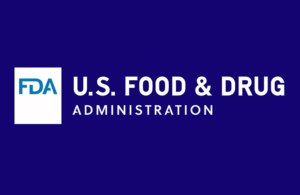 The FDA recently announced that it has classified vaporized hydrogen peroxide (VHP) as an established method of medical device sterilization.
The FDA recently announced that it has classified vaporized hydrogen peroxide (VHP) as an established method of medical device sterilization.
On Jan. 8, the agency said it revised its final guidance to list VHP as an Established Category A method of sterilization.
The FDA’s Category A sterilization methods also include moist heat, dry heat, ethylene oxide (EtO) and radiation. These sterilization methods all have a “long history of safe and effective use on medical devices,” the FDA said.
FDA said adding VHP to Category A should facilitate broader adoption of the sterilization method across the medical device industry. It comes as part of years of work with the EPA and medtech industry to reduce the use of EtO where possible. New EtO rules and regulations are expected in the coming weeks.
The FDA also said its backing of VHP further supports the agency’s efforts to advance medical device supply chain resiliency.
EtO, the most commonly used sterilization method for U.S. medical devices, has become a hot-button issue as the FDA has promoted the development of EtO alternatives since 2019. The agency has implemented a number of programs and initiatives to support innovation in medical device sterilization.

A molecular model of hydrogen peroxide (H2O2) [Illustration by petrroudny via Adobe Stock]
FDA expects the addition of VHP to its Established Category A methods will strengthen the industry’s capacity to adopt alternative sterilization processes that pose less potential risk to the environment and communities in which they operate, including sterilization facility workers and neighbors.
“The FDA’s commitment is to protect public health, a critical mission in today’s complex medical device ecosystem,” said Dr. Suzanne Schwartz, director of the Office of Strategic Partnerships and Technology Innovation in the FDA’s Center for Devices and Radiological Health. “Vaporized hydrogen peroxide’s addition as an established sterilization method helps us build a more resilient supply chain for sterilized devices that can help prevent medical device shortages. As innovations in sterilization advance, the FDA will continue to seek additional modalities that deliver safe and effective sterilization methods that best protect public health.”
Related: What are ethylene oxide alternatives for medical device sterilization?